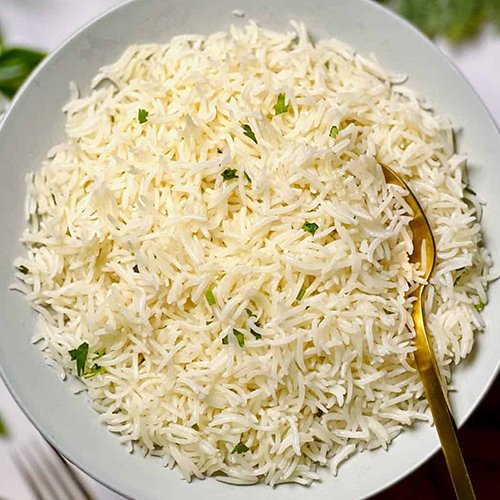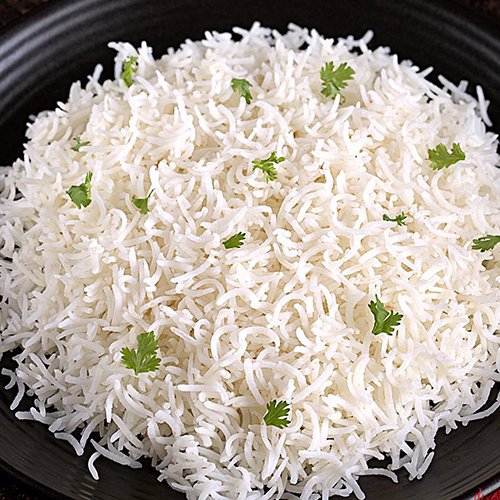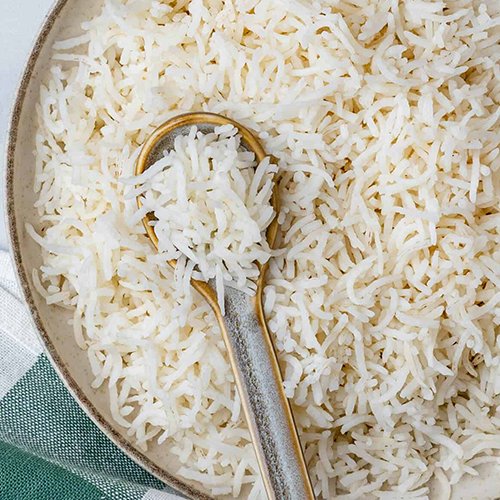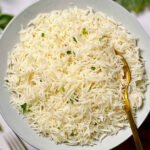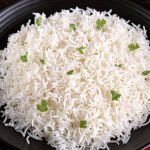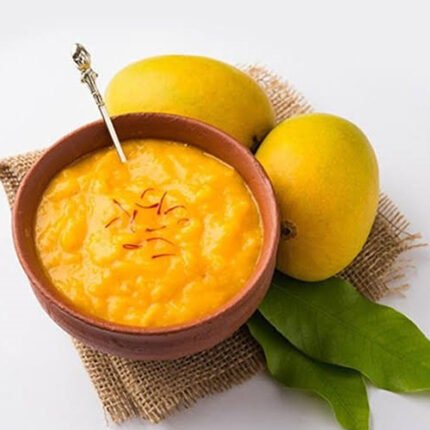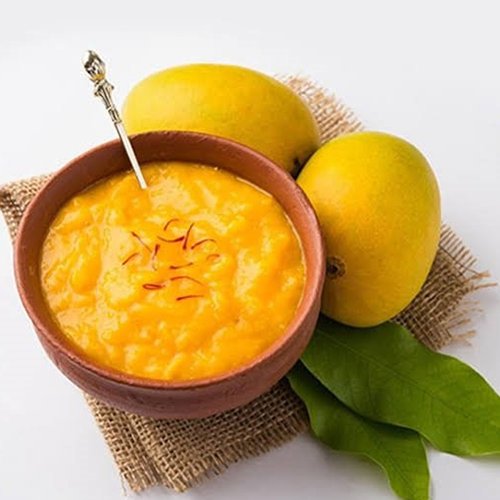Rice
Basmati and non-basmati rice are essential staples, each offering unique qualities suited for different culinary purposes. Basmati rice is prized for its long, slender grains, distinct aroma, and ability to elongate after cooking, making it the preferred choice for biryanis, pulao, and premium dishes. It is primarily cultivated in India and Pakistan, with popular varieties like 1121 Basmati, Pusa Basmati, and Traditional Basmati known for their superior texture and fragrance. In contrast, non-basmati rice encompasses a wide range of varieties with varying grain sizes, textures, and flavors. Common types include IR64, Sona Masoori, Ponni, and Swarna Rice, which are widely grown in India, Thailand, and Vietnam. Some non-basmati varieties are soft and sticky, making them ideal for idli, dosa, and sushi, while others remain fluffy and separate, perfect for daily meals. Basmati rice is highly valued in global markets, particularly in the Middle East, Europe, and North America, while non-basmati rice is widely consumed across Asia and Africa due to its affordability and versatility. Both types play a crucial role in global cuisine, catering to different tastes and dietary preferences.

